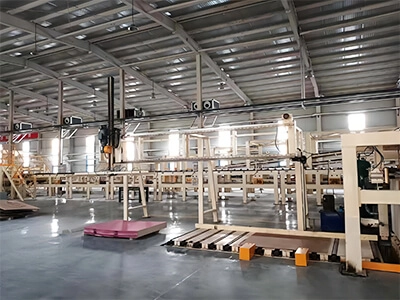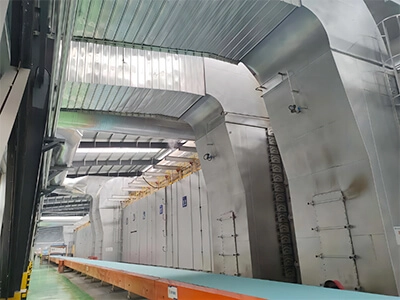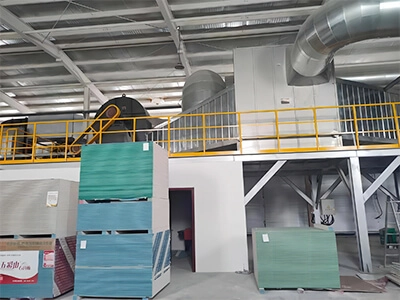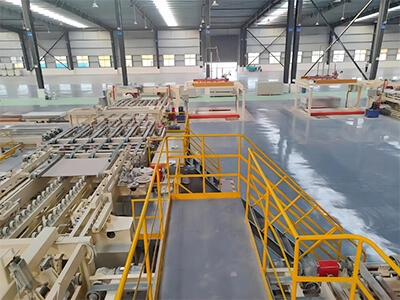YC closes the loop on gypsum wallboard
While procuring building materials for large real estate developers in New York City, Amanda Kaminsky and her team found that some of the systems to recycle and reuse construction and demolition debris were “far from perfect.”
Kaminsky founded Building Product Ecosystems LLC, New York,--a collaboration between building owners, construction management teams, gypsum wallboard manufacturers, concrete producers, recyclers and government agencies--to improve the management systems of major building materials. Kaminsky recently talked about the successful closed loop system being established for gypsum wallboard during April’s Sustainable Materials Management webinar series, presented by The National Recycling Coalition (NRC), Washington, and Pennsylvania Recycling Markets Center.
The U.S. Environmental Protection Agency (EPA) estimates 584 million tons of construction and demolition debris is generated per year in the U.S., twice the amount of municipal solid waste (MSW) that is generated per year. Of that, 13 million tons, which Kaminsky says is a “conservative” estimate, is gypsum wallboard. Two percent of gypsum is recycled back into new wallboard. The EPA estimates 75 percent of gypsum debris stems from demolition projects, while 25 percent comes from new construction trim scrap.
Beyond the environmental impacts, “We’re throwing away valuable resources when we’re not recycling this material,” Kaminsky says. “In landfills, when materials are layered on top of other materials in humid, anaerobic conditions, we can see hydrogen sulfide generation. Gypsum is a major contributor to hydrogen sulfide gas, which is associated with the ‘rotten egg’ smell people are familiar with."
Hydrogen sulfide gas can have “significant health impacts” for communities around landfills, from asthma to severe cognitive impacts, which has led communities across the country to speak up about concerns. In some cases, landfills have been put on notice or denied renewal licenses.
“Landfills are remediating by venting or covering,” Kaminsky says. “Some of these solutions are band-aids that don't address the source of the problem. We have a lot of room for progress in how these problems are remediated closer to the source.”
Simultaneously, landfill capacities are projected to drop over the next five years and municipalities are considering what their role is to manage procurement of post-consumer recycled content in materials, as well as how to manage demolition and construction to “optimize the whole system for different building materials,” Kaminsky says.
While these concerns have led to gypsum landfill bans and reuse requirements in Europe and British Columbia, regions in the U.S. are just starting to push policies to improve the system. An ordinance in Seattle requires all construction and demolition projects to “separate new construction gypsum scrap for reuse" and bans the material from being “deposited in construction and demolition site garbage containers for disposal.”
However, for a closed loop system to be successful, end markets and collaboration between construction sites and manufacturers need to be established.
“It’s not always easy to add this layer of care, but it’s very important,” Kaminsky says. “The stakes are high."
In N.Y.C., this has required a change of mindset on renovation and new construction sites to source separate. Some project teams have designated some of their existing laborers to a dedicated drywall cleanup crew, to collect the clean scrap material in mini containers or hampers on site, if space is constricted, and then bring it to a central recycling container or loading dock at the end of the day. One of the N.Y.C. construction teams fills a dedicated 30-yard container with gypsum every two days.








